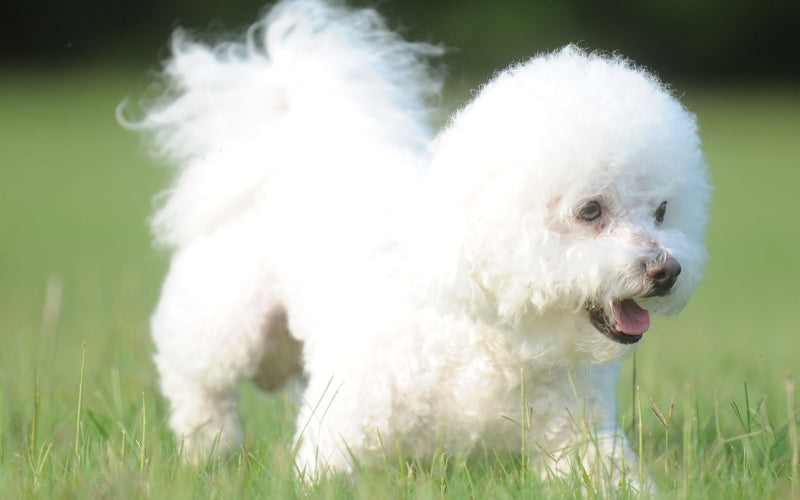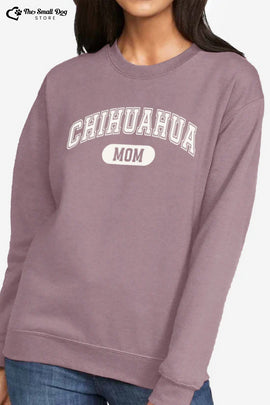Are Bichon Frises Always White?
Posted by ROBERTO BURALLI

The Bichon Frise is a beloved small dog breed known for its adorable, fluffy white coat. But have you ever wondered if Bichon Frises are always white?
In this article, we'll explore the coat colors of Bichon Frises and answer some common questions about their appearance.
The Standard Bichon Frise Color
The most well-known and recognized color for Bichon Frises is white. According to the American Kennel Club (AKC) breed standard, the ideal Bichon Frise should have a pure white coat. This classic color is what most people picture when they think of a Bichon Frise, and it's the most sought-after color by potential owners.
Rare Bichon Frise Color Variations

While the standard white coat is prevalent, Bichon Frise can also exhibit some rare color variations. These colors may not be as common, but they are equally stunning and unique in their way.
1. White and Cream

Some Bichon Frises have a soft, creamy color mixed in with their white coat. This color variation is caused by a slightly diluted version of the white coat gene, resulting in a gentle, warm hue that's utterly charming.
2. White and Apricot

Apricot Bichon Frises have a pale orange or peach-colored coat that's truly eye-catching. This unique color is caused by a specific gene that affects the pigment of the coat, making these Bichons stand out from the crowd.
3. White and Buff

Buff-colored Bichon Frises have a coat that resembles the warm, inviting shade of a cup of cocoa. This rare color variation is caused by a combination of genes that result in the distinctive buff tone.
Can a Purebred Bichon Frise Be Brown?
No, a purebred Bichon Frise cannot be brown. While some Bichons may have coats that appear brownish due to apricot or buff tones, true brown is not a recognized color for the breed. If you see a brown "Bichon Frise," it's likely a mix with another breed, such as a miniature poodle.
Related Post: Miniature Poodle Vs. Bichon Frise

Brown Miniature Poodle
Bichon Frise Coat Color Changes
Puppy Coat Colors
Bichon Frise puppies may be born with some color in their coats, such as apricot, buff, or cream. However, these colors usually fade as the puppy grows, and their coat becomes predominantly white.
Tear Stains
Some Bichon Frises may develop tear stains, which are reddish-brown markings near their eyes. These stains are not a change in coat color but rather a result of excessive tearing. Regular grooming and cleaning can help minimize the appearance of tear stains.
Grooming a Bichon Frise
To maintain the signature white coat of a Bichon Frise, regular grooming is essential. Here are some grooming tips for Bichon Frise owners:
- Brush your Bichon Frise's coat daily to prevent matting and tangling.
- Bathe your Bichon Frise every 2-4 weeks, or as needed, using a mild dog shampoo.
- Trim your Bichon Frise's coat every 4-6 weeks to maintain its shape and appearance.
- Clean your Bichon Frise's eyes and face regularly to minimize tear stains.
Related Post: Does the Bichon Frise shed a lot?

Conclusion
SHARE:















